5m Camping Shower Rose & Hose - on/off lever switch
Description
Camping Shower Rose and 5m Hose Applications
Ideal for camping, these 5m shower hose and shower rose sets are perfect. Made from superior quality these Italian made white hand shower sets are uesd throughout Australia as camping showers. The moulded plastic shower head has a lever action on/off switch and a handy eye to hang the shower hose and rose up after use. Hang your camping shower hose up in a tent, off the side of your camper or caravan or in a tree!
The camping shower set comes complete with 5 metres of reinforced PVC hose that has female chrome connection fittings and rubber washers.
Nuova Rade is a leading company in design, production and sale of plastic accessories for the boating trade. Its leadership is the result of more than 50 years of industrial experience in this field, placed at the disposal of yachtsmen and boating professionals all over the world.
This hand shower hose and rose work really well with the black Rule inline 12v freshwater pump for a great bucket shower when camping. The 5m hose length is a terrific size for watering anything down in your camp. (NOTE: pump and hand shower set sold seperately)
Why Buy From Us
You have peace of mind when you purchase with your product backed with a fair dinkum Australian warranty from a 100% Australian owned business. We stand by our products and offer full phone support 7 days a week to help in your decision making to get the best product to suit both your budget and your application. We listen to our customers and continually strive to improve our service and the price, quality and durability of all our products. We stock spare parts and we welcome your feedback!
Payment
We accept Credit and Debit Cards, Direct Bank Deposit, Paypal or Stripe as payment for goods. Afterpay is available as an option when you choose Stripe. You will be given an option to select the method of payment at Checkout.
We use Eway as our credit card facility and on your statement it will show as TKA Products PTY LTD
Our shopping cart software will automatically generate a confirmation email with your order details - if you do not receive this email within 24 hours of placing your order please contact us.
Shipping
Shipping is free to most of Australia
Water Pumps Now offer quality pumps delivered throughout Australia with freight and GST included in the displayed price unless otherwise specified or quoted.
Large, Bulky and Heavy Orders:
For bulky orders or orders with multiple products, give us a call and we will give you the best rate available at that time.
Deliveries for large and bulky orders, together with orders to more remote parts of Australia may be subject to additional freight charges. Although we try to absorb these additional costs, there are circumstances where the cost cannot be absorbed. If this occurs we will phone you for the payment of the additional fee or give you the opportunity to cancel the order and receive a full refund if you choose not to proceed with the order.
Order tracking:
Your order will be sent with a tracking number which will be emailed to you when your order is dispatched. Your order will require a signature on collection unless you request otherwise. This provides added protection for your order.
If there is an additional fee required to dispatch your order, you will be contacted to either pay the additional fee, or given the opportunity to cancel the order for a full refund if you choose not to proceed with the order.
Remote locations:
Deliveries to non-metropolitan locations within Australia may be subject to additional freight charges. If there is an additional fee required to dispatch your order, you will be contacted to either pay the additional fee, or given the opportunity to cancel the order for a full refund if you choose not to proceed with the order.
Freight carriers we use
Escaping Outdoors use Australia Post, Direct Freight, Fastway Couriers, Transdirect, Couriers Please and TNT choosing the best courier for your area. The courier is also determined by the weight and size of the order. EG: Australia Post will not carry postage articles over 22kg.
When your order is processed you will be sent an email with a tracking number and the courier company chosen so you can track your order. Your order will require a signature on collection unless you request otherwise. This provides added protection for your order.
Express Post Options:
During the checkout process if your product is able to be shipped express post, the option to pay a further $15 can be seen in the shipping tab and can be ticked to apply the express post option. Express post is not available for multiple items during the checkout process. If you have multiple items and require expedited shipping, please contact us for any additional costs.
Dispatch and delivery:
Water Pumps Now products are shipped within 24 hours of receiving your cleared funds with an expected delivery to you after leaving our warehouse of 2-7 business days. We use Australia Post or the courier that best services your area. Please ensure your address is correct or there may be a delay or extra charge for resending your goods.
***Delivery lead times may vary during peak periods or if affected by abnormal weather or other conditions such as COVID 19, floods or fires.
If you have any queries about delivery times contact us by email or phone 0412 150 120.
Urgent orders:
A large number of our lighter products have can be shipped with Australia Post Express Post. (Please refer to express post options above). If your order is urgent and does not have the express post option in the cart, please phone to organise expedited shipping. Extra charges may apply.
Defective or damaged items:
We work hard to ensure all items we sell are defect-free, but sometimes a mistake will slip by. If you receive a defective item, please let us know and we’ll arrange for a replacement at no cost to you. If your goods are damaged during shipment please contact us so we can remedy the problem.
Water Pumps Now will not be liable for goods which have not been stored or used in a proper manner.
Undeliverable or refused shipments:
If the address you provided in your order is undeliverable or incorrect, you will be responsible for the cost of shipping to the revised address. We will contact you to obtain a correct address and approval for the additional shipping charge. If you choose not to have the order delivered again, we will refund your purchase price, less a 15% restocking fee and our shipping cost.

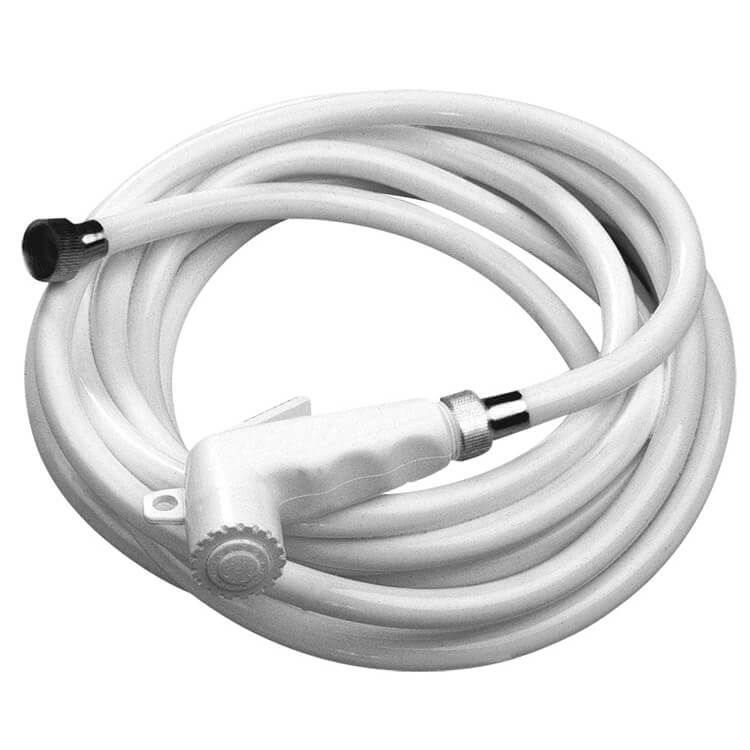


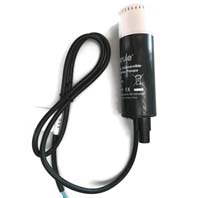 Rule Inline Freshwater 12v Water Pump 12 L/min
Rule Inline Freshwater 12v Water Pump 12 L/min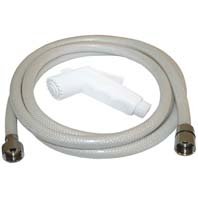 3m Camping Shower Rose & Hose - on/off lever switch
3m Camping Shower Rose & Hose - on/off lever switch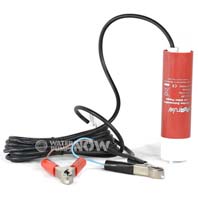 Rule Inline 12v Diesel Pump 18 L/min
Rule Inline 12v Diesel Pump 18 L/min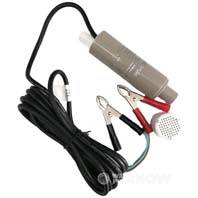 Rule 24v inline and submersible diesel pump
Rule 24v inline and submersible diesel pump Camping Pump
Camping Pump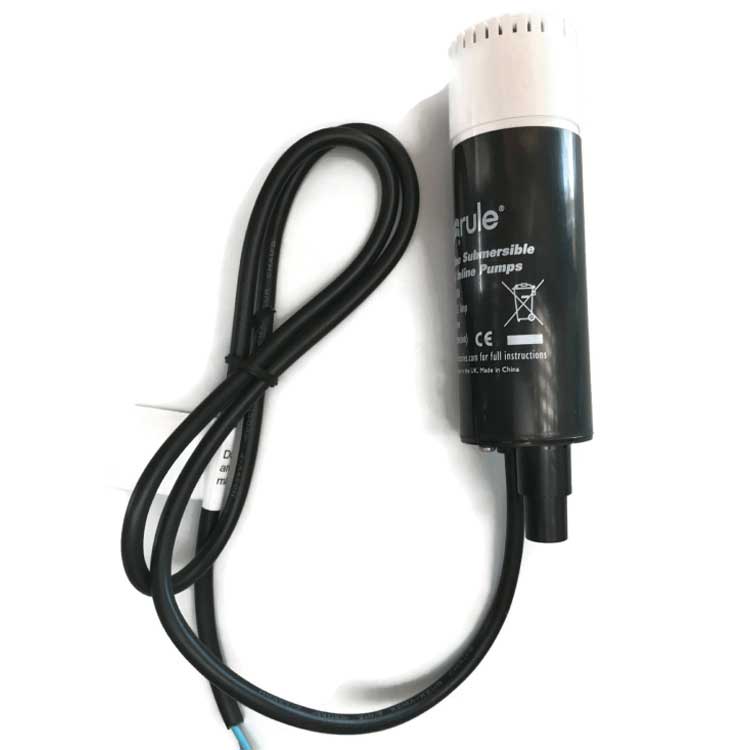 12v Inline Pump
12v Inline Pump Marine Pumps
Marine Pumps Nuova Rade
Nuova Rade